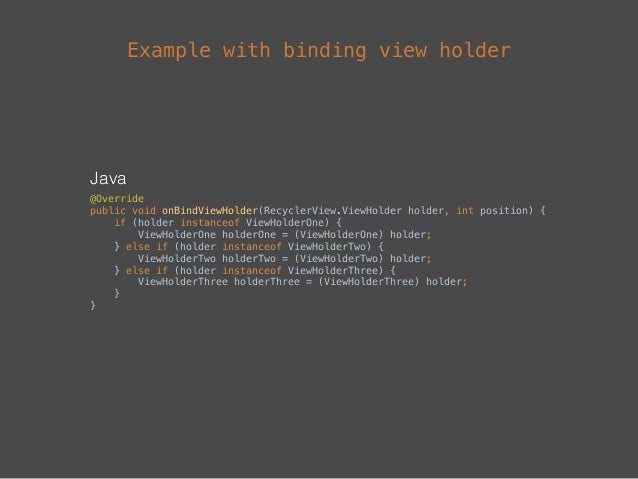

Use premade themes to get started quickly, or create your own visual style down to the very pixel. This is accomplished by including a devcontainer.json file in the projects repository, similar to VS Code Dev Containers development. Component-level reuseīuild your UIs with customizable widgets that you can use on all of your target platforms. Easily access the full capabilities of every platform, just like native applications. Use a wide variety of production-ready Kotlin libraries and frameworks that make it easy to be productive from the get-go and get support from a helpful and welcoming developer community! Easy integration with every platformīuilding on top of Kotlin Multiplatform means not having to compromise on using platform-specific features and APIs. Each example includes a link to GitHub, where you can findThe AWS SDK for Kotlin is currently in developer preview and is intended strictly for feedback. Use the same familiar APIs from Jetpack Compose to build user interfaces for all platforms. Save yourself the effort of keeping different UIs in sync, and get your app into the hands of your users more quickly.

In 1.3.2, we started maintaining a companion library version that included the feature’s experimental implementation within the regular Kotlin/Native memory model. Build your user interface once, and use it on all platforms – Android, iOS, web, and desktop. Add to the local.properties file, so build will only use JDK 1.8+. The GitHub issue about supporting multithreaded coroutines for Kotlin/Native has received a huge number of upvotes.


 0 kommentar(er)
0 kommentar(er)
